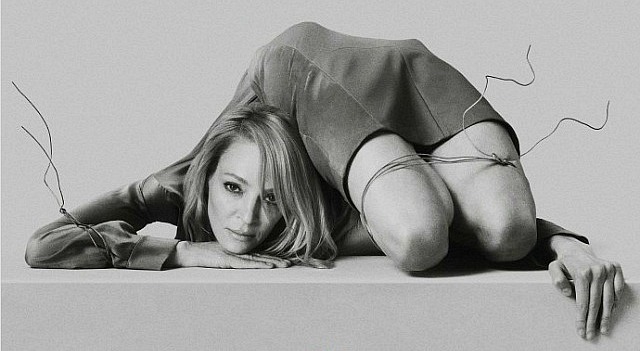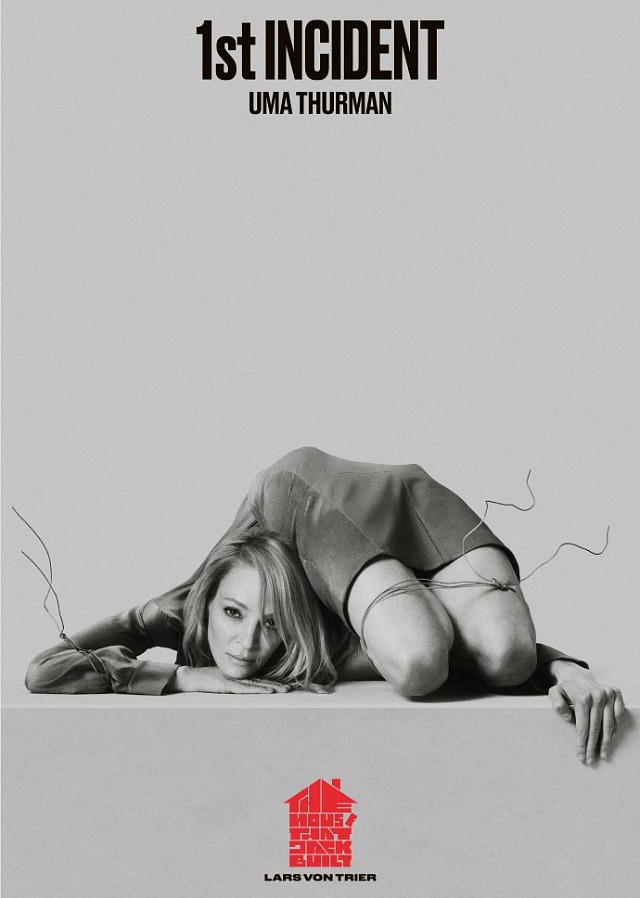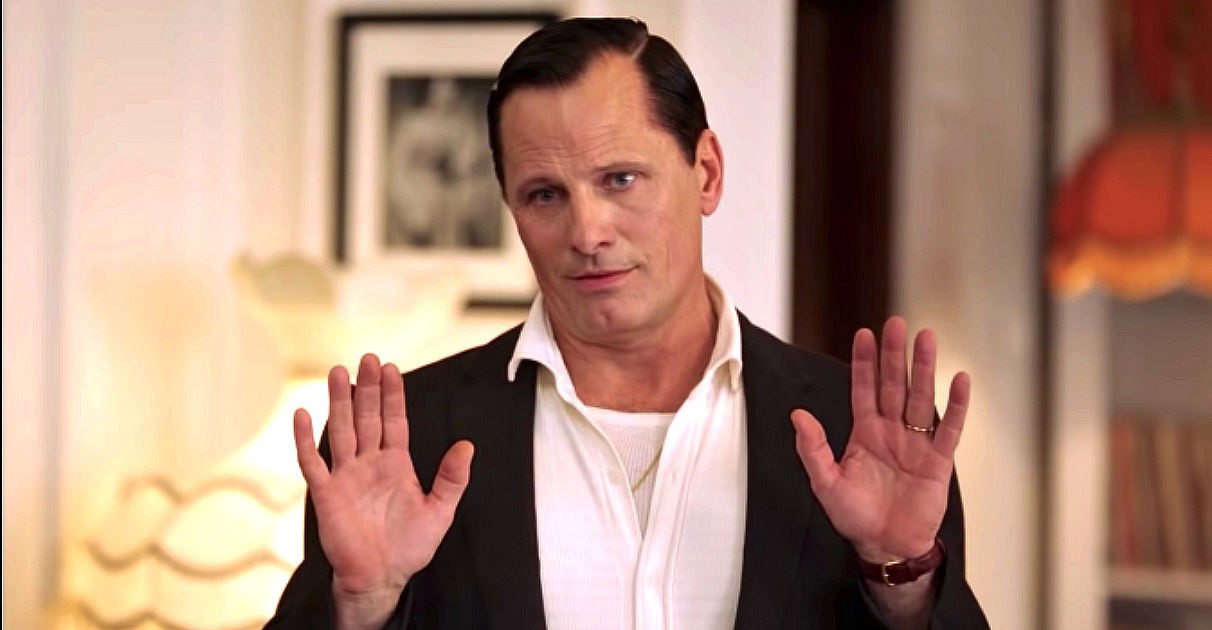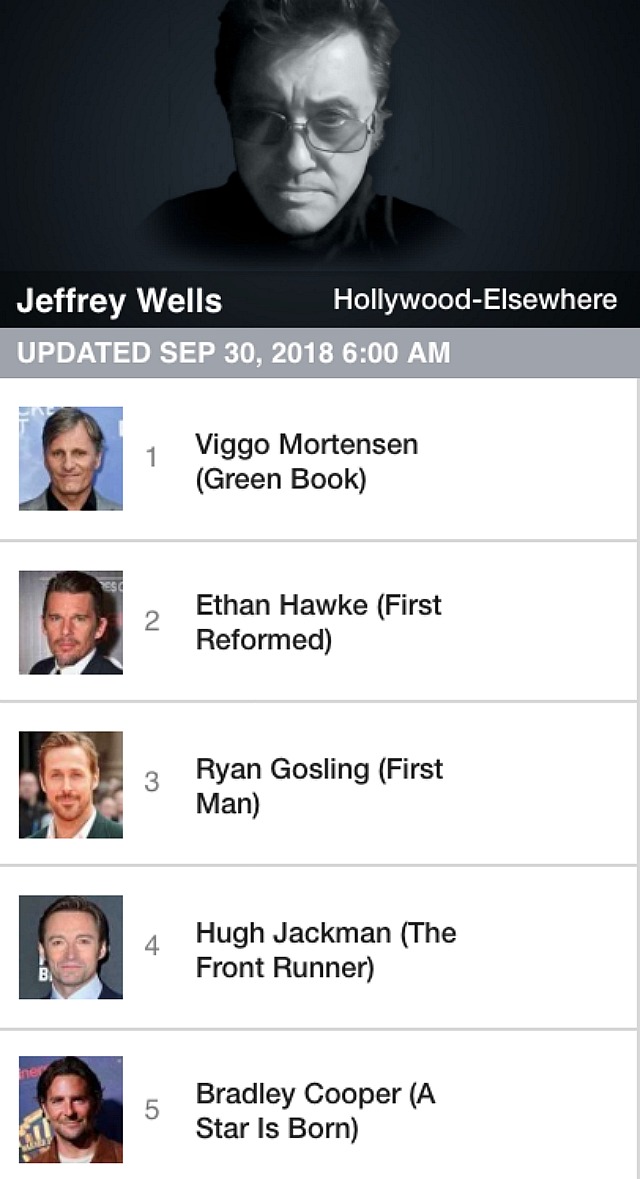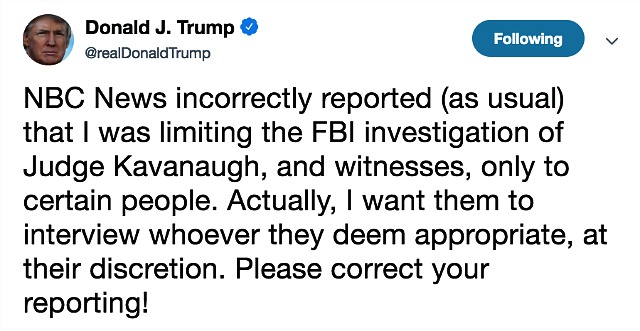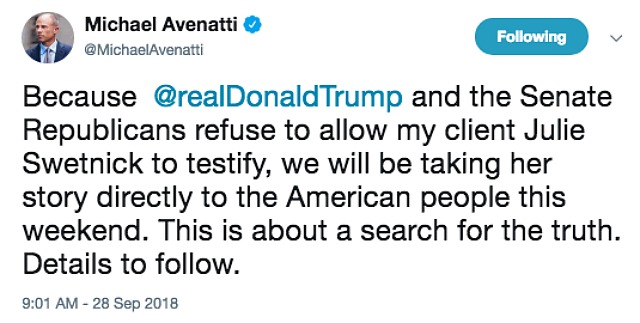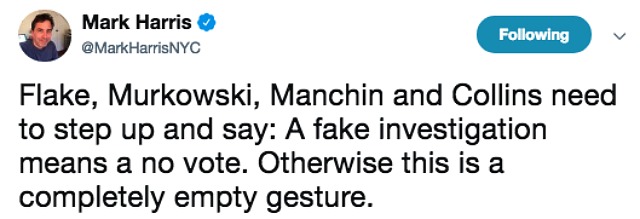Early last summer I hired a Los Angeles-based guy to construct the HE-plus paywall. He knows his stuff and is quite thorough and exacting, but he has, in my view, a problem. A significant one, I mean.
He occasionally won’t respond if I reach out with an issue or a question. Sometimes he’ll get back right away, and at other times he’ll observe total radio silence — not a peep, not a word — for two, three or four days, or even longer. He went totally silent on me for over two weeks last month. Not “hey, man, I’m backed up but I’ll get back to you as soon as I’m clear”…nothing like that. He vaporizes when he’s in the wrong kind of mood, and then, when he shifts into engagement mode, he’ll respond.
In short, he’s technically knowledgable but infuriating to deal with.
A few days ago things finally boiled over. I conveyed my frustration to Mr. Dick, and he conveyed similar feelings. (I’m too pushy, he said.) We exchanged more words, and he basically said “I’m done…you’re too hard to deal with.” Took the words right out of my mouth!
But we were technically still communicating two or three weeks ago, which is when I asked this fascinating fellow to help me turn off the paywall mechanism in the right way so HE-plus could be a free site for a few weeks. He didn’t respond. I asked again the next day — nothing. A third time…zip. So I asked Sasha if she could possibly figure it out, and, being smart and resourceful, she did. The paywall protocol was turned off and I launched HE-plus a day or two later. Great.
But yesterday a guy wrote to say he tried to sign up for a year ($49), but that the system wasn’t working and/or was jerking him around. Thank God this hasn’t happened with others, but I figured if one guy is experiencing problems someone else may be also.
So I reached out once again to Mr. Dick because I didn’t know who else to turn to, and for some inexplicable reason he responded this time. He told me that the reason the payment system isn’t working at 100% capacity is that “someone turned off the paywall” a week or so ago, but that it hadn’t been done properly and that’s why this or that person might be experiencing problems. I asked if he could fix the problem as a kind of paid farewell gesture, but he went back to radio silence again. I then asked if he could please refer me to someone he might know who understands paywall protocol. Again, nothing.
So in the midst of everything else I have to cover on a daily basis, Mr. Dick is now forcing me to conduct a brand-new, start-from-scratch search for a WordPress paywall technician. Right in the middle of a public process that isn’t working as it should, and all because he’s been refusing to conduct his business in the manner of any run-of-the-mill professional. What a great guy!
If anyone reading this knows anyone with any expertise in WordPress paywall maintenance, please get in touch. Thank you.



